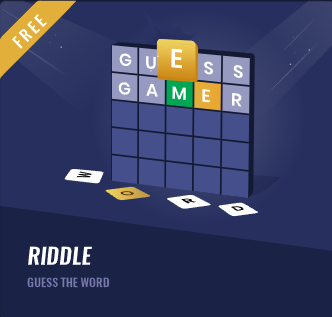A Transaction Block is a collection of transactions grouped together within a blockchain system. These transactions are typically bundled into a block after being verified and are then added to the blockchain. Each block contains a unique code called a “hash” and the hash of the previous block, creating a linked chain. This design ensures both transparency and security, as altering a single transaction would require changing all subsequent blocks, making unauthorized modifications highly improbable.
FAQs:
What is the significance of the “hash” in a Transaction Block?
A hash is a cryptographic function that converts transaction data into a string of characters. It serves as a block’s unique fingerprint. If even a tiny bit of the block’s information changes, the hash will change entirely. This feature makes the blockchain secure, as any tampered block can be easily identified by its altered hash.
How are transactions verified before being added to a block?
Transactions are verified by a decentralized network of nodes (computers) using consensus mechanisms. The most well-known mechanism is Proof of Work (PoW), where participants (often called miners) solve complex mathematical problems. Once a solution is found, the transaction is verified and added to a block.
What is the “block time” in blockchain systems?
Block time refers to the average time it takes for a new transaction block to be added to the blockchain. The block time varies across different blockchains. For example, Bitcoin’s average block time is approximately 10 minutes, while Ethereum’s is around 13 seconds.
Why do some transactions remain unconfirmed and not get added to a block immediately?
Blockchain networks have a maximum block size, which limits the number of transactions each block can hold. If there’s a high volume of transactions, some will wait in a queue (mempool) until they can be included in a new block. Additionally, transactions with higher fees might be prioritized by miners, leading to longer wait times for transactions with lower fees.
What happens if two miners solve the verification process simultaneously?
If two miners solve the verification process almost simultaneously, two versions of the next block can be created. This situation is called a “fork.” The blockchain will continue with the chain that becomes longer first, as more miners add their subsequent blocks to it. The transactions in the discarded block return to the mempool and wait to be included in future blocks.



